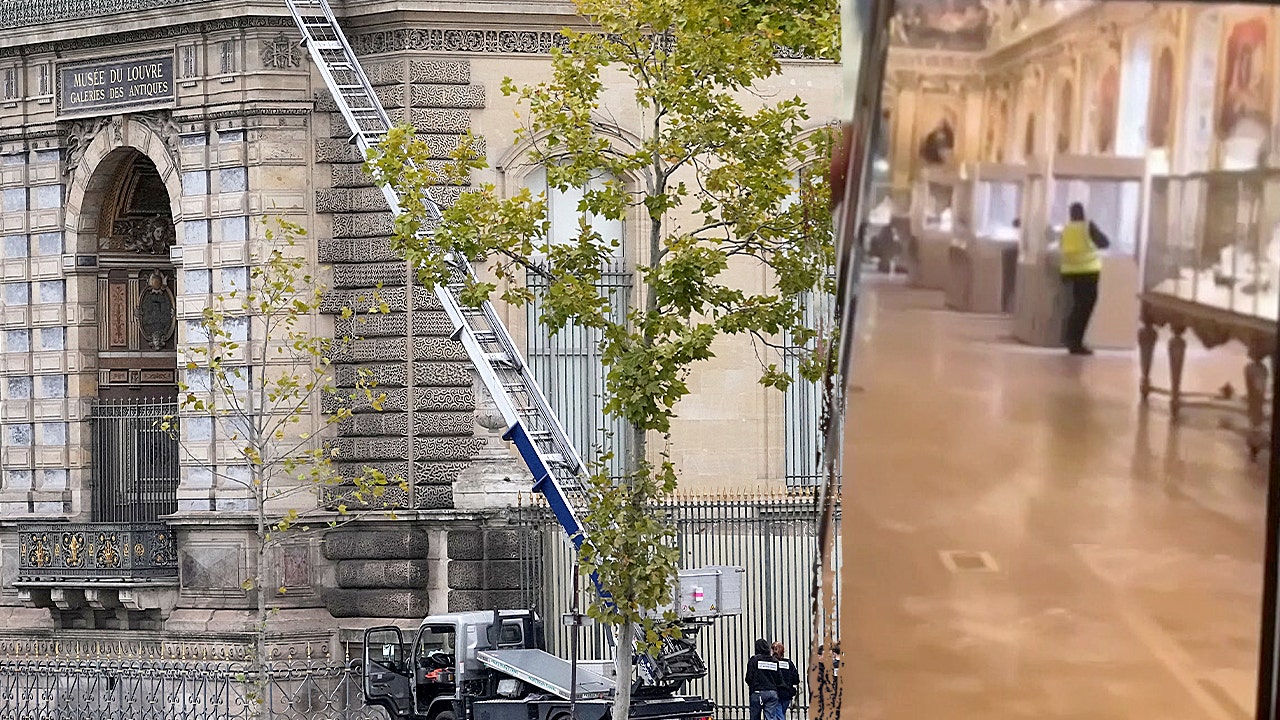Copyright theweek

While it may seem “sacrilegious to abandon the ritual of opening a beautiful, weighty glass bottle sealed with a cork”, in recent years, from a sustainability stance, the box has once again “become a vessel worthy of our attention”, said Beth Brickenden in The Independent. First developed in the 1960s with the goal of “keeping wine fresh for longer, without the risk of oxidation”, boxed wines feature a “collapsible plastic bag” and easy-to-use tap. But the world “wasn’t quite ready to take it seriously” and the “goon bag” became synonymous with “cheap, headache-inducing wine”. Today, however, a movement is brewing around stylish bag-in-box wines as a “fresh, accessible, quality-driven” alternative to pricier bottled wines. Another bonus is that producing boxed wines uses “significantly less energy” than glass bottles as they are lighter to transport, giving them a lower carbon footprint. Consumers are receptive to the change, with the UK market expected to grow to over £300 million by 2030 – “almost double what it was in 2021”, said Hannah Crosbie in The Guardian. This “spike in interest” can, in part, be attributed to a change in drinking culture: many of us are drinking less, and the six-week freshness window is perfect for those who find themselves unable to finish an entire bottle within a week, often pouring out the rest as a “little treat to the sink”. It is, however, worth remembering that boxed wines are mainly “bright, fresh” and “relatively simple”, and should generally be consumed within a few weeks of opening, not years. As for boxed wines to look out for, Marks & Spencer’s La Dame en Rose, offers “oodles of punchy” and “peppery spice” for an impeccable price point: £13 for a 1.5-litre pouch, said Jane MacQuitty in The Times. Or try Waitrose’s Blueprint New Zealand Sauvignon Blanc, which is perfect for “fans of Kiwi ‘savvy’”, packing a “zingy lemon zest, grass and passion fruit-licked” punch.



